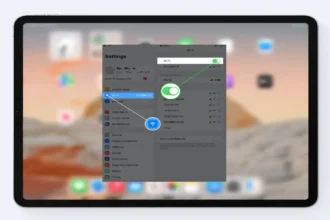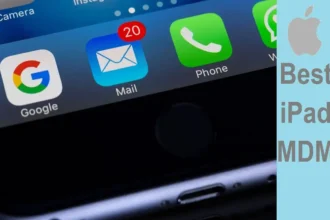Jailbreaking has become increasingly popular as a means for iOS users to regain control of their devices and gain access to a wider range of applications and features in recent years. In the early stages, jailbreaking was relatively simple due to the absence of many security patches. However, with each subsequent update, Apple has strengthened its security measures, minimizing the possibility of jailbreaking. They diligently address potential vulnerabilities to prevent any unauthorized modifications to their devices. Consequently, with the release of iOS 16.3, many individualsJailbreaking has experienced a surge in popularity as iOS users seek to reclaim control over their devices and gain access to a wider range of applications and features in recent times. Initially, jailbreaking devices was a straightforward process due to the limited number of security patches.
However, with each subsequent update, Apple has progressively tightened its security measures, leaving very little opportunity for successful jailbreaking. Apple diligently works to patch any vulnerabilities and safeguard against any potential loopholes. Consequently, the release of iOS 16.3 has left many individuals uncertain about their ability to jailbreak their smartphones. It is crucial to grasp the concept of jailbreaking and its potential benefits. When a device operating on iOS is jailbroken, the restrictions and limitations imposed by Apple are removed. This liberation allows users to customize the appearance and functionality of their devices by installing third-party applications, modifications, and extensions that are unavailable through the official Apple App Store.
Can I jailbreak iOS 16.3?
Yes, indeed! The jailbreaking of iOS 16.3 is indeed possible. However, the extent to which you can successfully jailbreak your device may vary depending on the specific device you are using and the particular jailbreak technique you choose to employ. It is important to note that with the latest iOS version or certain devices, certain jailbreak methods may not be fully functional. Moreover, it is worth considering that indulging in the act of jailbreaking your smartphone could result in the violation of its warranty, potential instability, and an increased susceptibility to security risks.
There is no absolute guarantee that any method used to jailbreak your device will be successful. Apple maintains a stringent security policy and strictly prohibits any form of jailbreaking. Therefore, it is important to be cautious and not be swayed by any websites claiming to provide steps for jailbreaking. Additionally, the possibility of jailbreaking iOS 16.3 also varies depending on the specific model of iPhone being used.
What are the benefits of jailbreaking iOS devices?
The limitations and restrictions placed by Apple on its devices running the iOS operating system can be removed by users by jailbreaking an iOS device.Once you’ve jailbroken your iOS device, you can perform things like:
- installing applications, modifications, and add-ons that are not accessible via the official Apple App Store.
- modifying the device’s look and features, such as changing the theme or including new ones.
- gaining root access to the device’s file system, which will let you to access and change system files.
What are the drawbacks of jailbreaking iOS device?
The act of jailbreaking on an iOS device is not without dangers and drawbacks, though. Some of them consist of:
- Breaching the device’s warranty might prevent you from receiving technical help from Apple in the event that something goes wrong with your smartphone.
- Making the device more exposed to security risks: devices that have been jailbroken may be more prone to malware and hackers.
- Instability or other difficulties: Jailbreaking may result in issues with your smartphone, including a drop in performance, a reduction in battery life, or trouble with certain features or apps.
- losing the ability to utilize specific features or applications or being unable to update to the newest version of iOS.
To conclude:
In conclusion, jailbreaking iOS 16.3 is not a decision to be taken lightly. It holds the potential to unlock a whole new world of possibilities for your smartphone, granting you access to a plethora of applications and customization options. However, it is crucial to acknowledge and weigh the advantages and disadvantages before embarking on this journey. By opting for jailbreaking, you gain greater control over your device, allowing you to tailor it to fit your unique needs and preferences. It opens the door to a realm of possibilities, enabling you to go beyond the limitations imposed by the standard operating system. Nevertheless, it is crucial to proceed with caution. Jailbreaking comes with its share of risks that should not be overlooked. One of the prominent concerns is the potential violation of your smartphone’s warranty. By tampering with the system, you may void any existing warranties, leaving you solely responsible for any future issues that may arise. Additionally, jailbreaking can expose your device to increased security vulnerabilities, potentially leaving it more susceptible to various risks and threats. In essence, while the allure of enhanced functionality and customization is tempting, it is imperative to assess the risks and make an informed decision. Exercise caution and ensure that you fully understand the potential consequences before diving into the realm of jailbreaking. Only then can you make a confident choice that aligns with your desires and priorities.
Until next time, with another topic. Till then, Toodles.





